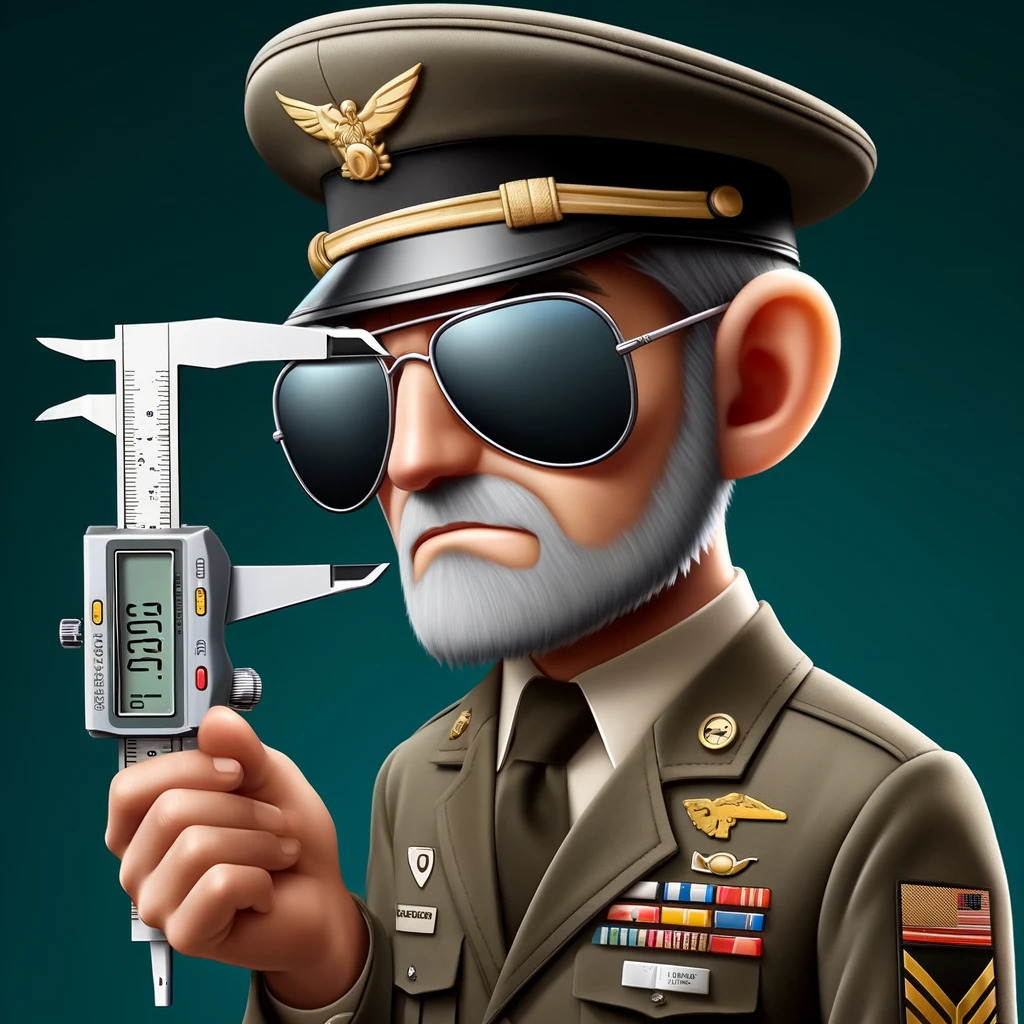For anyone who owns a honing machine for cylinder bores, you are flying blind without a quality profilometer to test the finish. Also called a “roughness tester” it’s definitely a tool that should be in your toolbox.
Anyone concerned about achieving precise cylinder finishes should consider using a profilometer. We’ve discussed various theories, methodologies, and practices for determining the optimal surface finish. However, no matter your preferred finish for a given engine combination, it’s crucial to verify that the finish you anticipate is the one you achieve.
While million-dollar machines offer programmed finishes and monitor variables during the honing process, such investment isn’t feasible for most shops. However, a handheld profilometer, albeit an investment, is a more attainable tool for any engine professional, even those operating on limited budgets.
What is a Profilometer?
A profilometer, in essence, measures surface roughness. Among various types and measurement methodologies, we’ll focus on the mechanical method here, where the device drags a stylus across the surface, using vertical and horizontal movements to quantify and graph your cylinder wall’s finish. Unless you are a high-volume manufacturer, a simple hand-held, skidded roughness tester is what you are after. If you appreciate the “buy once, cry once” philosophy of building your toolbox, the Mitutoyo SJ-210 strikes the right balance of durability and quality.
For engine cylinder walls, the SJ-210 calculates essential metrics like Average Roughness (Ra), Core Roughness (Rk), Reduced Peak Height (Rpk), and Reduced Valley Depth (Rvk), combining direct stylus data with internal computations to give a comprehensive view of the surface finish. The SJ-210 is the successor to the Mitutoyo SJ-201.
Technical Specifications and Usage of the Mitutoyo SJ-210
The Mitutoyo Surftest SJ-210 Series 178 Portable Surface Roughness Tester is designed for accuracy and precision, complying with JIS, VDA, ISO-1997, and ANSI standards. Its features and ease of set-up make it an optimal choice for measuring engine cylinder surfaces.
Key Specifications:
- Display: 2.4-inch color LCD for detailed data visualization.
- Memory: Capacity for 10 measurement configurations, expandable to 500 with an optional memory card; stores up to 10,000 measurement profiles.
- Connectivity: USB interface for PC connection, facilitating data download for analysis and record-keeping. Additional output options are available for specific hardware connections.
- Security: Password protection to secure measurement data.
General Use Instructions:
1. Setup: Straight out of the box, connect the standard drive unit to the display unit. No further calibration is required for initial use on cylinder surfaces.
2. Measurement: Select the configured measurement profile suitable for your task. The device’s intuitive interface makes navigating through settings and options straightforward.
3. Data Management: Download the measured data to a PC for advanced analysis or to maintain comprehensive job records. Use the memory card slot for additional storage if necessary.
Despite the tool’s sophisticated capabilities, learning to use the SJ-210 is not daunting. Mitutoyo has 8 regional offices scattered around the US and they can provide training and answer your “how do I…” questions over the phone.
If you want to learn how to keep the display light on all the time, with the Mitutoyo SJ-210, check out our video!
Incorporating the Mitutoyo SJ-210 into your workflow not only ensures superior engine performance but also enhances record-keeping and data tracking. Supported by the largest gage company in the world, you get much more than just a roughness tester. You can also buy the SJ-210 through Amazon, for quick delivery and returns. Use this link to be sure you are going to the authentic Mitutoyo Store. At around $2000, we think the SJ-210 is a good buy that will pay itself off in the long term. However, if $2000 is still too rich for your blood, there are quality low-cost profilometers available for around $1000. Either way, having SOME way to inspect the honed finish is better than NO way to inspect your finish!
